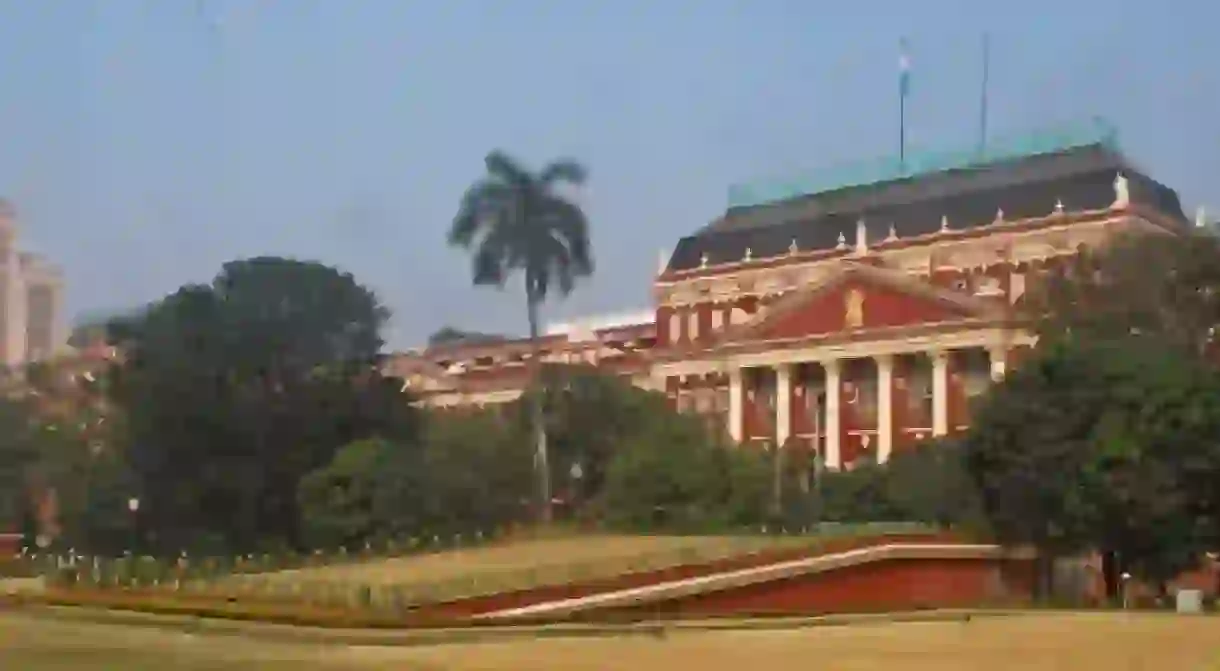A Brief History of the Writers' Building, Kolkata

The Writers’ Building in Kolkata attracts thousands of tourists from across the world, drawn to its stunning architecture and design. However, the colonial-era building has a history that’s just as interesting. While today the Writers’ (as it’s also known) houses the State Government of West Bengal, it has served multiple functions over the past centuries.
Built in 1777, the Writers’ Building was meant to accommodate junior servants, or ‘writers’ as they were called, of the East India Company. When it was leased to the company in 1780 for this purpose, it was described as looking like a ‘shabby hospital, or poor-house‘. After several structural changes over the next couple of decades, Fort William College set up camp there, training writers in languages such as Hindi and Persian, until around 1830. In the years that succeeded, the dwelling was used by private individuals and officials of the British Raj as living quarters and for shopping.

Extensive remodelling and renovations have occurred most of the times the building was switched between hands. Today, there are 13 blocks; six of which were added after India won independence from British rule. The 150-metre long structure has a distinct Greco-Roman style, with several statues of Greek gods as well as a sculpture of Roman goddess Minerva commanding attention from the pediment.

Among the many notable events that occurred during the building’s lifetime, the most memorable one perhaps was the assassination of Lt Col NS Simpson, the infamous Inspector General of Prisons. Three Bengali revolutionaries – Benoy Basu, Badal Gupta and Dinesh Gupta – disguised themselves as Westerners to get inside the Writers’ Building and shot the colonel, who was notorious for his brutal oppression of Indian prisoners. It is from the names of these freedom fighters that BBD Bagh – the central business district of Kolkata (and the location of Writers’ Building) – gets its name.

One of the busiest parts of Kolkata, the BBD Bagh area is home to most of the capital’s must-see historical monuments. Get a taste of the city’s historic Jewish community at Beth El Synagogue or marvel over the striking architecture of Kolkata’s only Scottish church – the 198-year-old St. Andrew’s Church. If you’re looking to grab a quick chai (tea) or a light snack, stop by the delightfully modest Kaka Tea.













